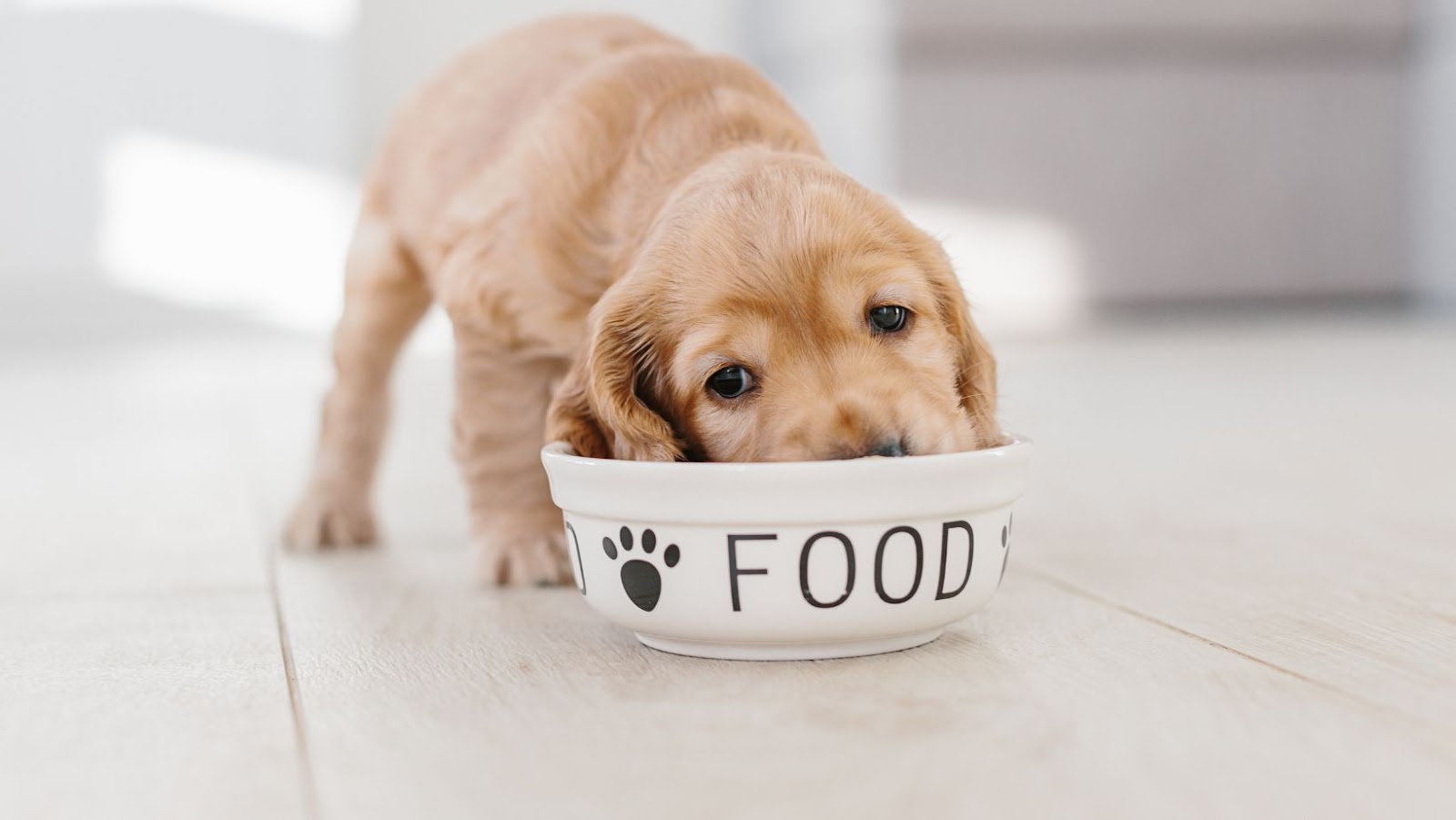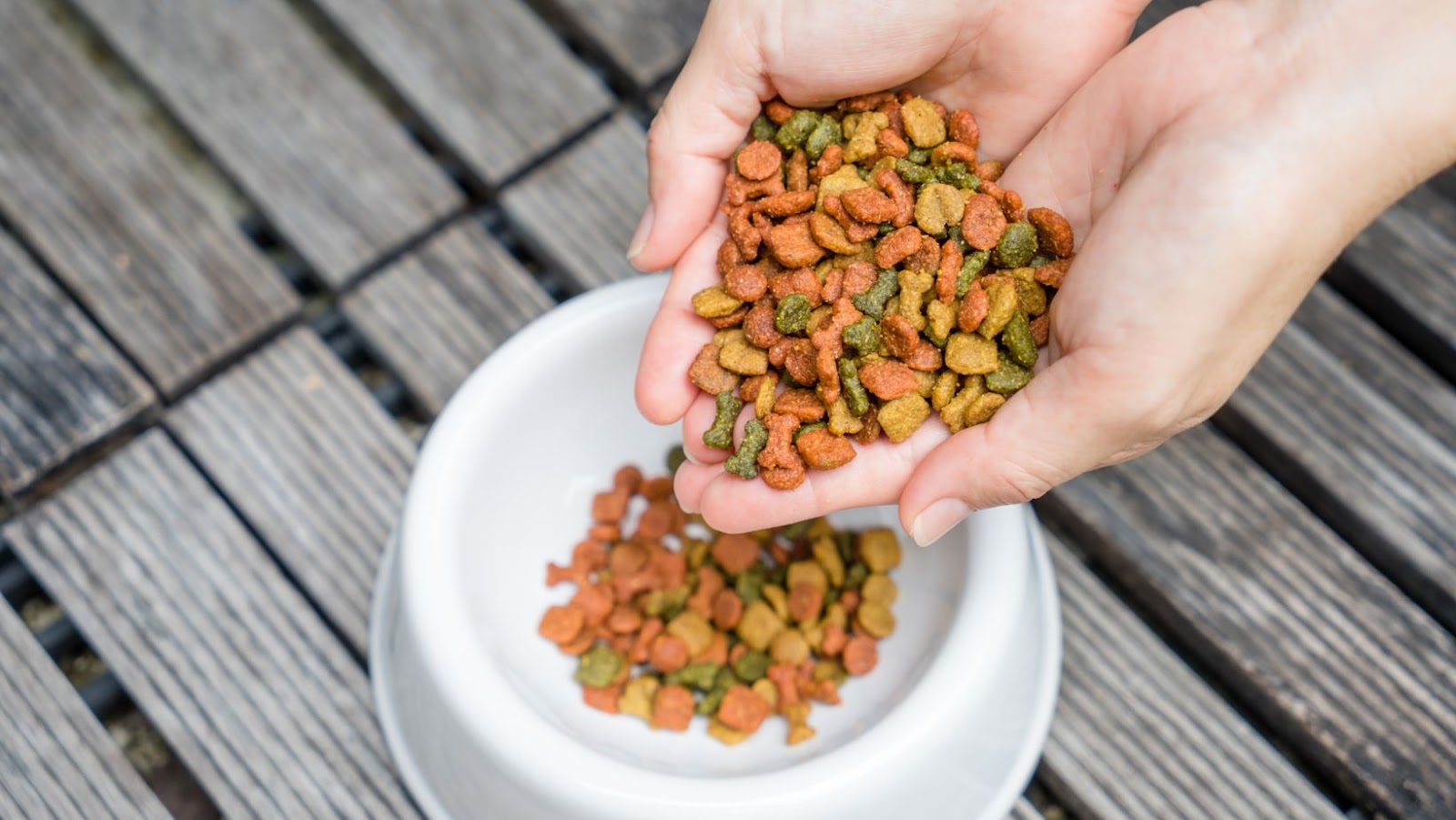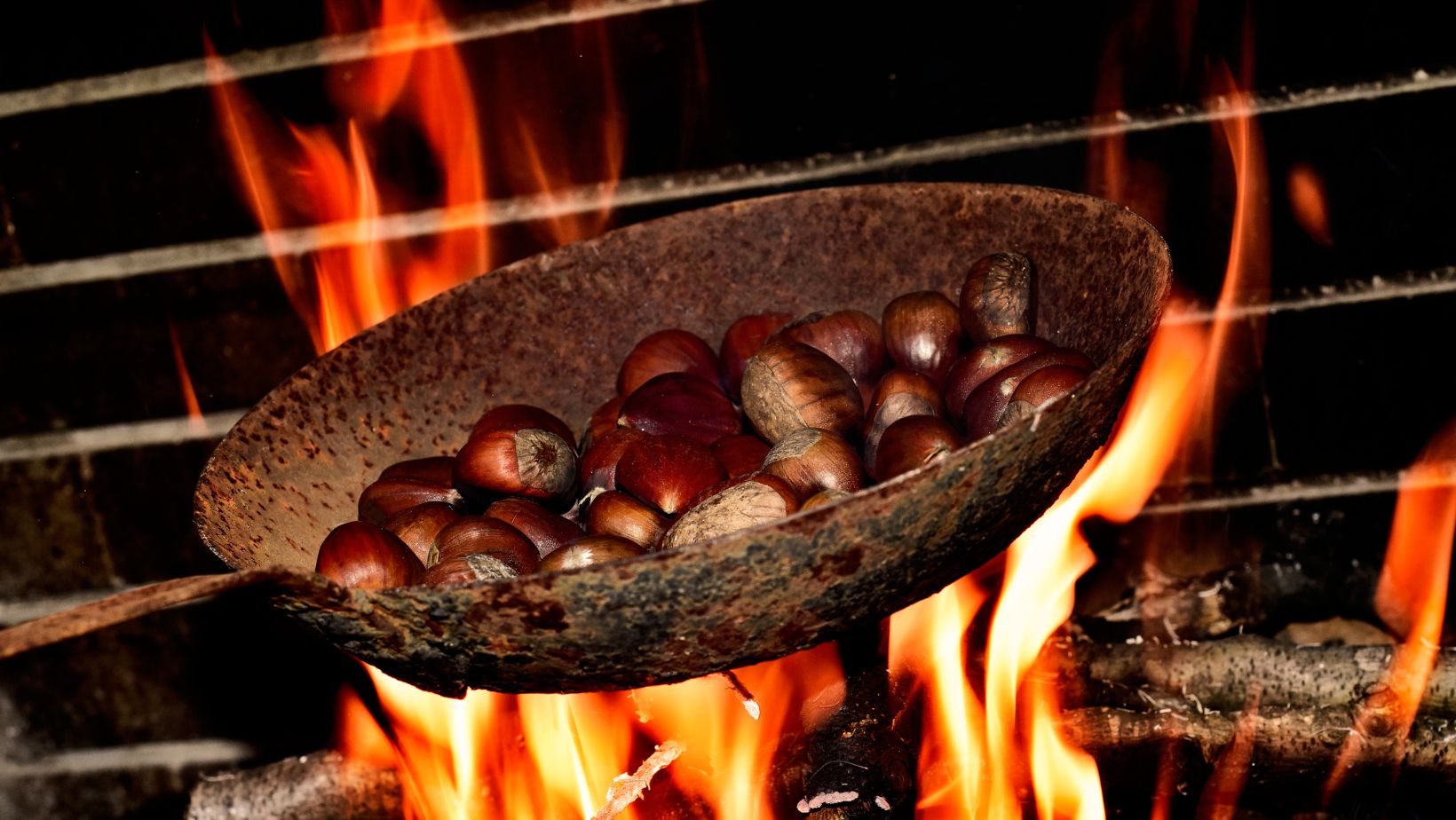Choosing the Perfect Diet for Your Puppy by Type, Nutritional Value, and More

You found a cute puppy and decided to bring it home. While this can be one of the most beautiful decisions of your life, you know it’s a huge responsibility too. You will be his friend, caretaker, and above all, a parent. A pup’s presence and feelings can be comforting, but your furry friend depends on you for everything. You have to care about his hunger and safety, most of all things. If you ensured these two basic needs, you would have won his love for the rest of your life.
However, a hungry pet doesn’t just need tasty food; it also requires a wholesome diet that caters to its nutritional needs like this Raw K-9 pet food, to help them grow faster. Good food intake can strengthen their teeth, bones, and muscles while supplying them with enough energy to keep them active and attentive. So, it leads you to a critical question – what should you make them eat? Dozens of pet food items are available on the shelf, each promising to be complete or best for your puppy’s diet. How do you figure out what is suitable for him? Let’s figure this out together from here on.
Nutrition for Puppies
Pups and dogs have different nutritional requirements – one is in its rapid growth phase, while the other has to maintain itself. Hence, it is understandable that your little friend would need that extra fuel through essential nutrients for their development, which can affect their teeth, bones, and muscles. In an endeavor to provide them with a proper diet, most pet parents worry about when they should feed them solid food and other things. If you have adopted a puppy, you will also have this thought playing on your mind. Generally, a four-week-old pup can start having solid food as the mother’s milk doesn’t fulfill its calorie demands. However, you may have to give them moist dry food – something with a spongy texture. After eight weeks, they can eat dry food without difficulty.
High-Quality Pet Food
The experts inform that the initial six months are crucial for your pup’s life as their diet needs change rapidly. You cannot make any errors about their meals at this stage. Hence, it’s better to consult your vet. When you buy their food, check the labels to understand if they fit your pet’s specific life stage. Focus on items formulated for their growth or entire life cycle. After one month or a little more, you can examine your furry friend’s well-being for energy and activeness. Their coat should appear shiny and thick. Check stool also for signs. If their body absorbs the nutrients, the color of the feces will be brown.

Portion, Proportion, and Everything
Another valid question is how often my puppy should eat. After pups are off their mother’s milk, which usually happens around four-six weeks, they need food thrice daily. Once they are six months, you can feed them two times a day. Busy parents may find it challenging to provide their young pets with three meals daily. Are you one of them and feeling guilty about it? One of the renowned veterinary professors says that pups adapt, so you needn’t bother about this.
However, you have to make sure they get their calorie intake properly. The general rule says you should give them two times more calories per pound than an adult dog of the same category. Food labels’ feeding charts can also be your reference point. You can follow them for a recommendation based on your pet’s body weight and age. You may have to adjust the quantity every week, though.
After doing the necessary things, you may wonder if your little furry is getting the right amount of nutrition needed for its growth. For this, visit the vet for evaluation. If the score of their body conditioning is one, it means they lack food. Conversely, a score of 5 means your pup is obese. Younger ones will have baby fat, and that’s natural. But once they are 8 or 10 weeks old, their score should be two. Some scales also evaluate your pup’s body weight in the range of 1-9, in which a perfect score will be 4 or 5.
Can you analyze your pup’s health condition at home, also? A weak dog with a score of two will have prominent ribs and backbones. There will not be any fat around them. Check its waist and abdominal tuck, also. The pup will have a leaner appearance when it grows five months older. It’s natural. So, you can spend your energy on something more meaningful other than this.
Special Foods, Treats, and Others
You must be well aware that a dog’s growth differs by breed. A smaller breed pet will be under 20 pounds when mature at 9-10 months. Medium-sized species may weigh 21 to 50 pounds when fully grown. Usually, they reach this stage at the age of 12 months. On the other side, larger ones can be 50-100 pounds at maturity, which can happen when they are 18 months or two years old. These giant or large breeds require puppy food for a long time than others.
Some typical large breeds are Labrador retrievers, Doberman Pinschers, and Great Danes. Vets warn that overfeeding them can be dangerous. They may suffer from joint or skeletal issues, such as hip dysplasia. Although hereditary plays a massive role, overstuffing them can only deteriorate their condition. You get plenty of large-breed food on the market. They will typically contain less phosphorous and calcium than other pet foods because more of these elements can trigger skeletal problems. In their food, the fiber content will be more with zero calories. You can get confused if you have a mixed-breed dog. In that case, it’s best to take your vet’s opinion first.
Another critical area to consider is the treats. Everyone knows that dogs like their treats, and that’s why everyone uses them to reward their pets. You cannot ignore it in your pup’s food discussion. But, again, practicing moderation is crucial. Your puppy needs balanced and wholesome food for nutrition, which treats may lack. So, ensure that treats supply at most 5% calories. You can take care of this by choosing the appropriate treat size – avoid too large biscuits, table scraps, etc.

Transition to Adult Dog Food
When you welcome a pet into your home, you have already committed to its well-being. It becomes your duty to take care of all his needs. Since nutrition is one of the most common and valid concerns, you may ask when your puppy will be ready for the adult diet. Height and breed type can be good indicators in this case. Usually, smaller dogs grow faster physically than larger ones. Still, there are ways to figure out when to give them dog food.
You can change his diet if your pup is 20 pounds or less in 9-12 months. Medium breeds will require this when they are 12 to 14 months old and weigh 20 to 50 pounds, and larger ones will need this diet when they are 12 to 24 months of age, with their body weight reaching over 50 pounds.
- Smaller breeds -> 9-12 months old with body weight less than 20 pounds
- Medium breeds -> 12-14 months old with body weight 20-50 pounds
- Larger/ giant breeds -> 12-24 months old with a body weight of more than 50 pounds
Remember, the dietary transition cannot be sudden. You must gradually and steadily introduce this change while monitoring your puppy’s bodily reaction. Else, you can risk its intestinal tract. Some people follow the four-day rule to help their pups adapt to the new food. On day one, they give them 25% of adult dog food with a 75% puppy diet. The next day, they mix the two in 50-50 proportions. The third day includes 25% pup food and 75% dog food, while the fourth day can be safer to give them 100% adult dog formula.
Common Concerns About Puppy’s Health
Even though you know your pup is now all grown up, you may wonder if you are doing the right thing by changing his diet. But their life stages need close attention. When they are young, they need more nutrients and calories for faster growth and development. They tend to be high on energy as well. Giving them the same food throughout can be risky for their health, exposing them to issues like obesity. Hence, choosing suitable dog formulas for their age is crucial to maintain their body weight and overall health.
Another thing is about the treats. Most people go overboard when rewarding their pets, affecting their well-being. When it comes to treats, make sure only 10% of calories come from treats. It will help them with their weight management during adulthood.
You love your pet the most, so you must be more careful about what they eat and when. They can be in their best form and shape when fed a balanced diet based on multiple factors.


